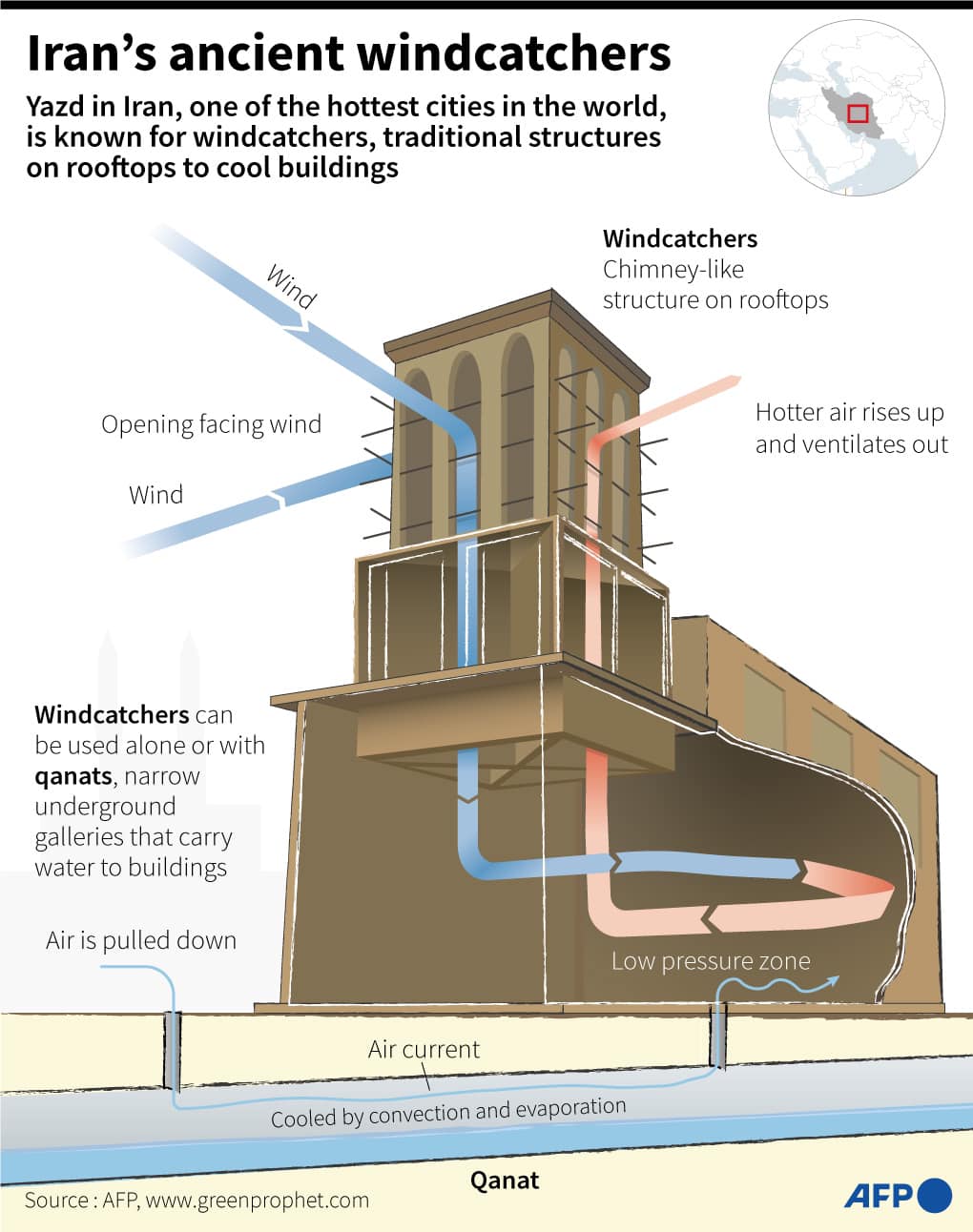this post was submitted on 24 Jul 2023
125 points (97.0% liked)
Mildly Interesting
17358 readers
200 users here now
This is for strictly mildly interesting material. If it's too interesting, it doesn't belong. If it's not interesting, it doesn't belong.
This is obviously an objective criteria, so the mods are always right. Or maybe mildly right? Ahh.. what do we know?
Just post some stuff and don't spam.
founded 1 year ago
MODERATORS
you are viewing a single comment's thread
view the rest of the comments
view the rest of the comments

Sorry, my notifications have been messed up because of the lemmy.world issues! Some other people have already answered but I'll still reply :)
A heat pump's efficiency is measured differently than that of a gas furnace.
The actual unit for heat pumps is the Coefficient of Performance (CoP). This measures the power input (electricity) VS the power output (heat). A "400% efficiency" as I put it, is a CoP of 4, meaning that for every watt of power used, 4 watts of heat energy are moved. As some other people pointed out, depending on the quality and technology of the heat pump and the interior/exterior temperature, the actual range of a heat pump is a CoP of anywhere from 2-5.5 (the theoretical, perfect maximum is 8.8). The efficiency of the heat pump does dip as the temperature of the region it's pulling heat energy from lowers, there's less energy available to move, so it has to work harder. This is why heat pumps in regions with especially cold winters have what's usually called "emergency heat" which brings us to...
Electrical heating. This works by pushing electricity through a wire to heat it up. Directly turning electricity into heat. Electrical heating always has a CoP of 1 (terms and conditions apply). For each watt of electrical power consumed, 1 Watt of heat energy is produced.
Finally we have gas heating, which is still the only option for some areas for various reasons. Gas heating efficiency is not measured with CoP but instead with Annual Fuel Utilization Efficiency, simply a number that represents what % of the fuel burned is actually turned into useful heat energy. I'm finding AFUE ranges of 76-97% as a general range for modern furnaces. If a furnace has an AFUE of 90%, that means that when it burns an amount of fuel representing 100 units of heat potential (I'm not using a unit, BTUs confuse and terrify me) then 90 of those units will be turned into usable heat, and 10 of them will be waste, whether that is heat that leaves via the chimney or is simply unburnt fuel.
TLDR: 400% means 4x more energy is moved than is used, I apologize for the wordiness, I find this stuff rather interesting